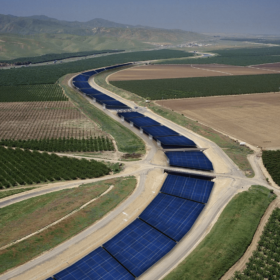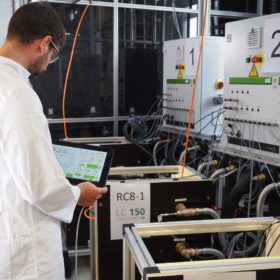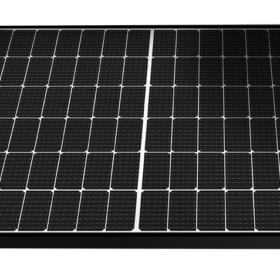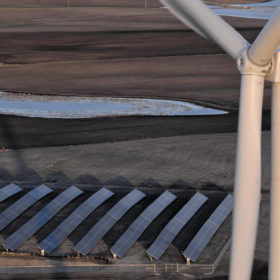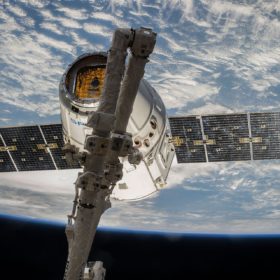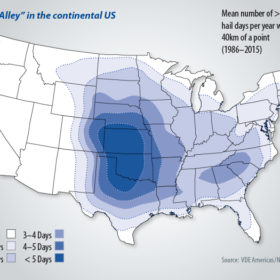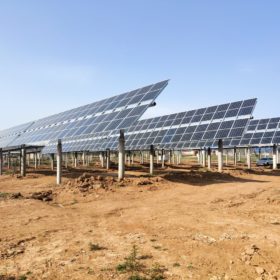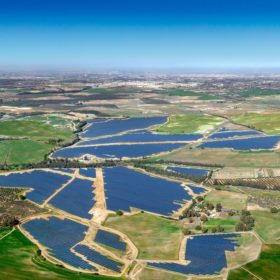2022 review in trends: Applications (Part II)
The first part of this review covered solar-wind hybrid projects, offshore floating PV, and islandable microgrids. The second part covers trends in projects and applications.
Fraunhofer ISE to develop propane heat pumps for residential homes
Germany’s Fraunhofer Institute for Solar Energy and a group of heat pump manufacturers have started a project to replace gas and oil heating systems in multi-family homes with propane heat pumps featuring low-charge propane (R290) as the refrigerant.
2022 review in trends: Modules (Part I)
The move to n-type technology in mainstream PV production was a major development in PV cell and module manufacturing in 2022. Manufacturers added TOPCon and HJT capacity and racked up efficiency milestones in the process.
2022 review in trends: Applications (Part I)
It has been another bumper year when it comes to innovative projects and applications in the solar and energy storage sector. But within that larger trend of innovation are a number of other trends to keep an eye out for.
German court rules in favor of Q Cells in patent dispute with Trina Solar
A German court has issued a preliminary injunction ordering Trina Solar to stop selling its Honey and Vertex X solar modules in Germany, as they allegedly infringe upon the patented passivation technologies of Hanwha Q Cells.
Airbus taps Australian researchers to develop high-efficiency solar cells for space
Researchers from the University of New South Wales have been chosen to work with Airbus Defence and Space on a strategic research program to fast-track the development of high-efficiency solar cells for space applications.
How low-light solar cells can decarbonize your home
With the latest generation of household devices increasingly connected and internet-of-things (IoT)-enabled, dye-sensitized solar cells can finally realize their latent promise and help reduce the carbon footprint of billions of manufactured goods.
Weekend read: Navigating hailstorms
Owners and insurers suffered record hail losses in 2022. John Sedgwick, president of engineering advisory VDE Americas, provides some pro tips for mitigating such risks.
Chinese PV Industry Brief: Trina to supply 875 MW of trackers for Qatar solar plants
Trina Solar has signed an 875 MW tracker supply deal with Samsung C&T for Qatar’s new “IC Solar” project, while Chint said it aims to sell up to 8 GW of residential PV assets by the end of 2023.
Global solar capacity additions hit 268 GW in 2022, says BNEF
BloombergNEF Analyst Jenny Chase says the world installed 268 GW of new solar capacity in 2022, with annual installations expected to hit 315 GW in 2023. In a recent interview with pv magazine, Chase pointed to a large backlog of delivered PV modules in Europe that still have yet to be installed.
